Gumroad vs. Etsy (+ dealbreakers) – decide in 7 minutes

So, you want to start an online business, but find yourself torn between selling on a marketplace (Etsy) vs. an eCommerce platform (Gumroad)?
I get it—it’s not easy to pick one over the other when both solutions have their pros and cons.
The truth is that both Gumroad and Etsy have their similarities, so we’re not going to waste your time by comparing every single feature. Instead, we’ll focus on the key differences and main dealbreakers to help you come to a final decision.
So, let’s get started.
Quick breakdown: Gumroad vs. Etsy
While Gumroad and Etsy were both built for creators who want to sell digital downloads and physical products, there are some major differences between them.
The biggest difference is that Etsy isn’t an eCommerce platform like Gumroad—it’s a creative marketplace that lets artists and crafters open an online shop to sell handmade and vintage items.
Of course, in addition to handmade and vintage stuff, it’s also possible to sell digital downloads. But, most of their customer base is there to shop for handcrafted products.
Gumroad, on the other hand, tends to be more popular with small businesses that want to sell digital products. And, I can see why—Gumroad’s user-friendly interface makes it easy for anyone to build a hosted storefront with minimal effort.
Still, Etsy has one key advantage over Gumroad: an established customer base. With Etsy, you don’t need to have an existing social media following to make sales.
As long as you know how to optimize your listings with SEO keywords, you can probably attract enough customers.
Read on to learn more about the similarities and key differences between Gumroad and Etsy: their dealbreakers, main features, etc.
To help you see how the two solutions compare to each other and other alternatives, we’re also going to cover a third eCommerce platform—Sellfy.

Gumroad and Etsy are similar (in a way)
Both Gumroad and Etsy offer an easy way for anyone to create and sell digital or physical products online, whether it’s on an eCommerce platform that provides a hosted storefront (Gumroad) or a digital marketplace with an established customer base (Etsy).
However, aside from the fact that both platforms were built for the same purpose, there are some key differences worth considering before you make a final choice.
Why would you choose Gumroad over Etsy?
As much as we appreciate Etsy’s large customer base, there are some pretty good reasons for you to pick Gumroad over Etsy. Let’s check them out.
1. You can easily build an online store & sell digital products
Gumroad is best known for being an easy-to-use eCommerce platform for selling digital products.
It offers a user-friendly interface, easy drag-and-drop store customization, and a setup process that doesn’t come with a deep learning curve.
In other words, you won’t have to spend hours configuring your online store. You also don’t need to use several paid app integrations or external services to sell your digital goods.
So, if you’re looking for a way to sell subscriptions or digital downloads the easy way, then Gumroad might meet your needs.
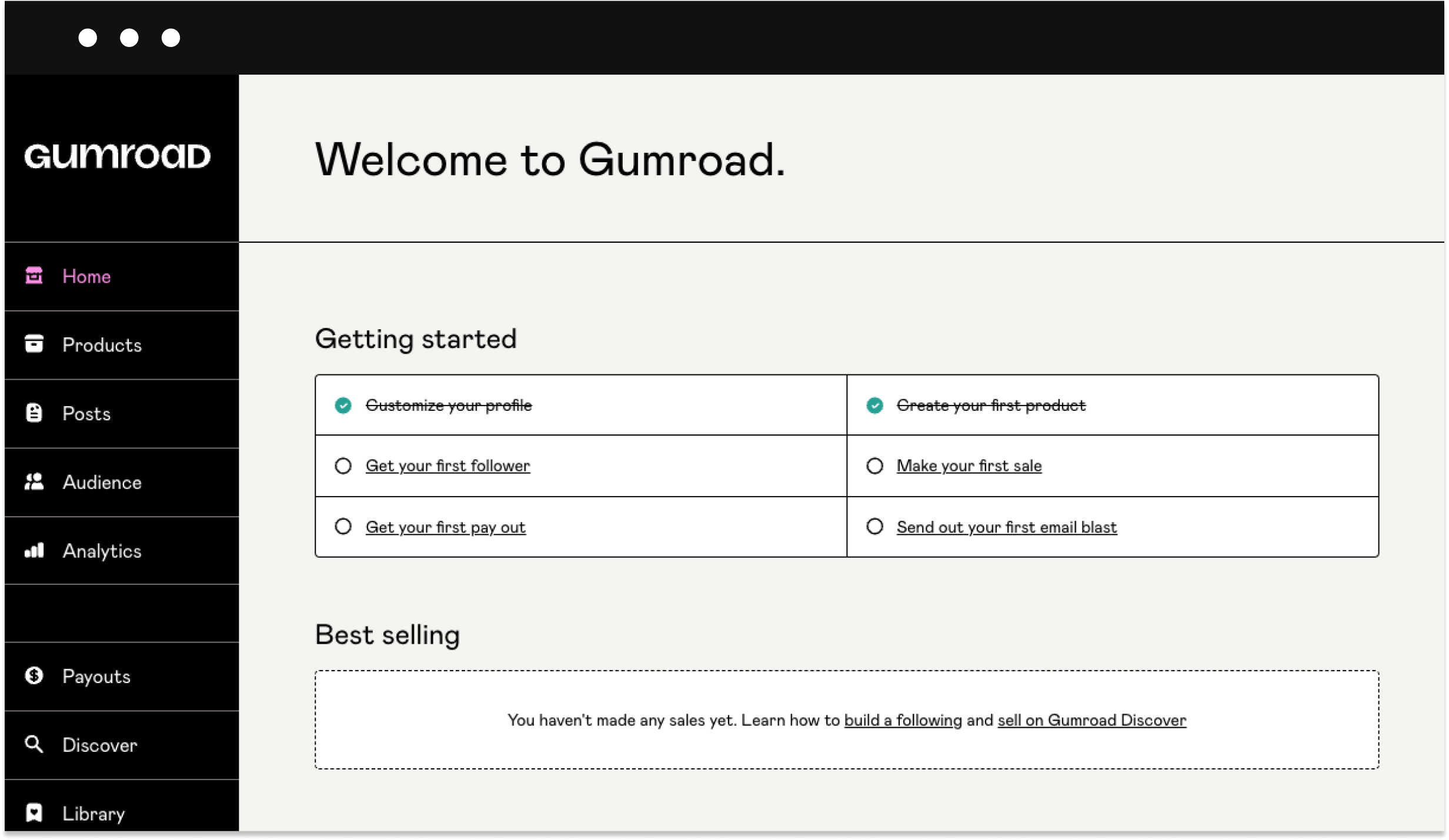
2. You can craft compelling email campaigns & newsletters
Unlike Etsy, Gumroad has a built-in email marketing feature for creating an email list or importing an existing one.
While its functionality is rather limited, its main purpose is to help you get more sales without using paid email software.
Here’s what you can do with Gumroad’s email tool:
- Send out newsletters
- Share coupon codes
- Offer freebies
- Create automated email sequences
- Announce product launches
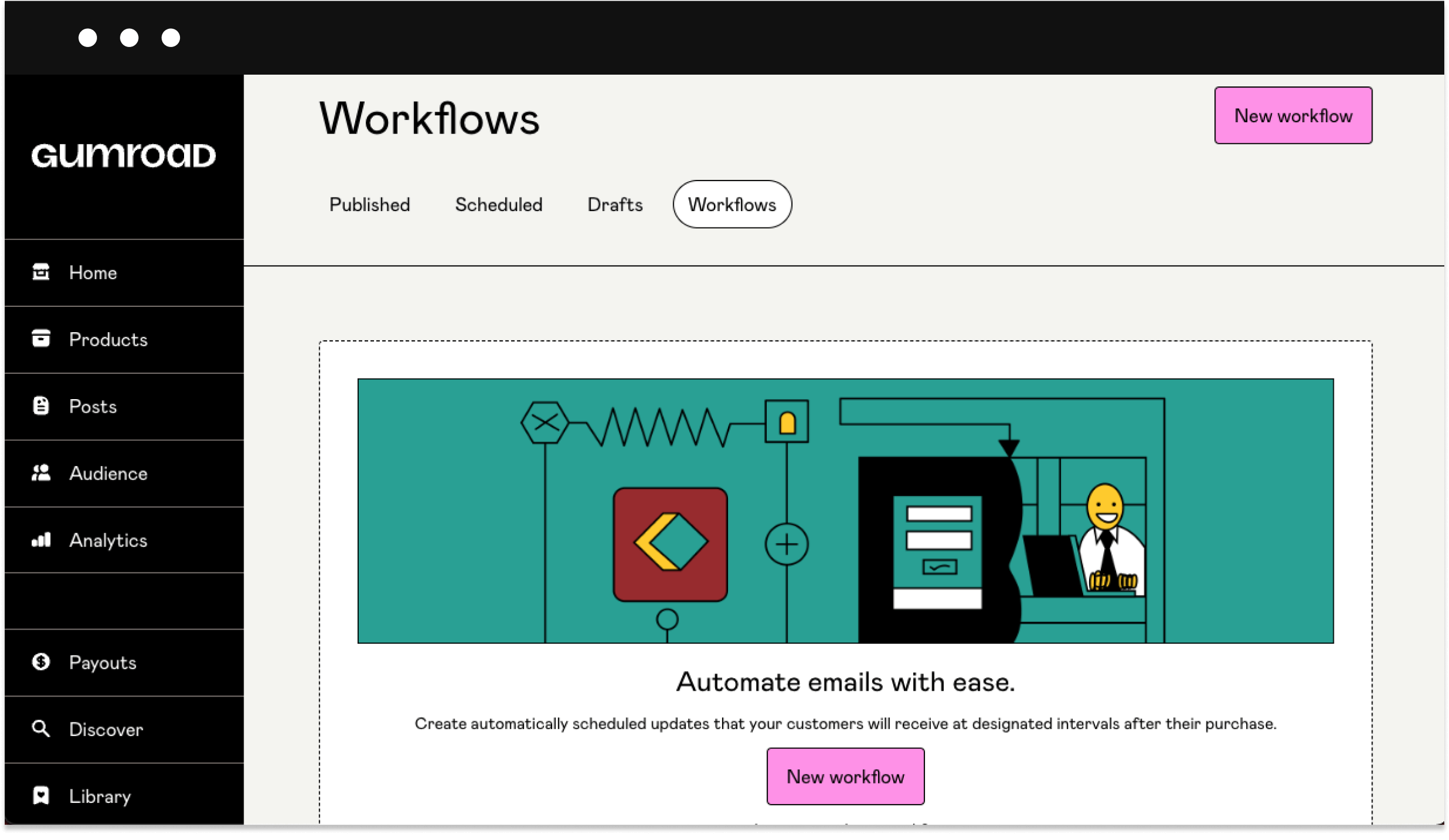
3. Gumroad comes with a free plan (sort of)
Gumroad has a free plan that lets you sell digital products without having to commit to a paid subscription. This is great for anyone who has a limited budget but wants to sell products online.
Some of the best perks of Gumroad’s free plan include selling an unlimited number of products, customer management, store analytics, and SD streaming.
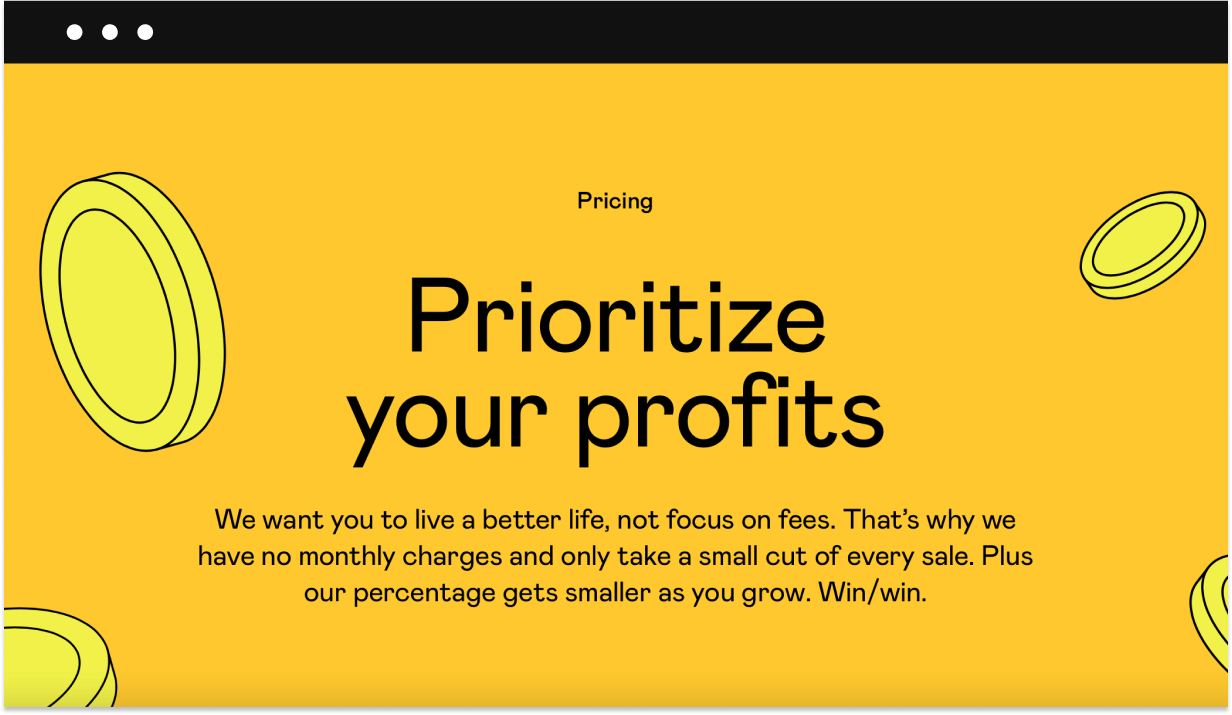
The main disadvantages of Gumroad
However, aside from Gumroad’s perks, there are also a couple of dealbreakers that you should be aware of.
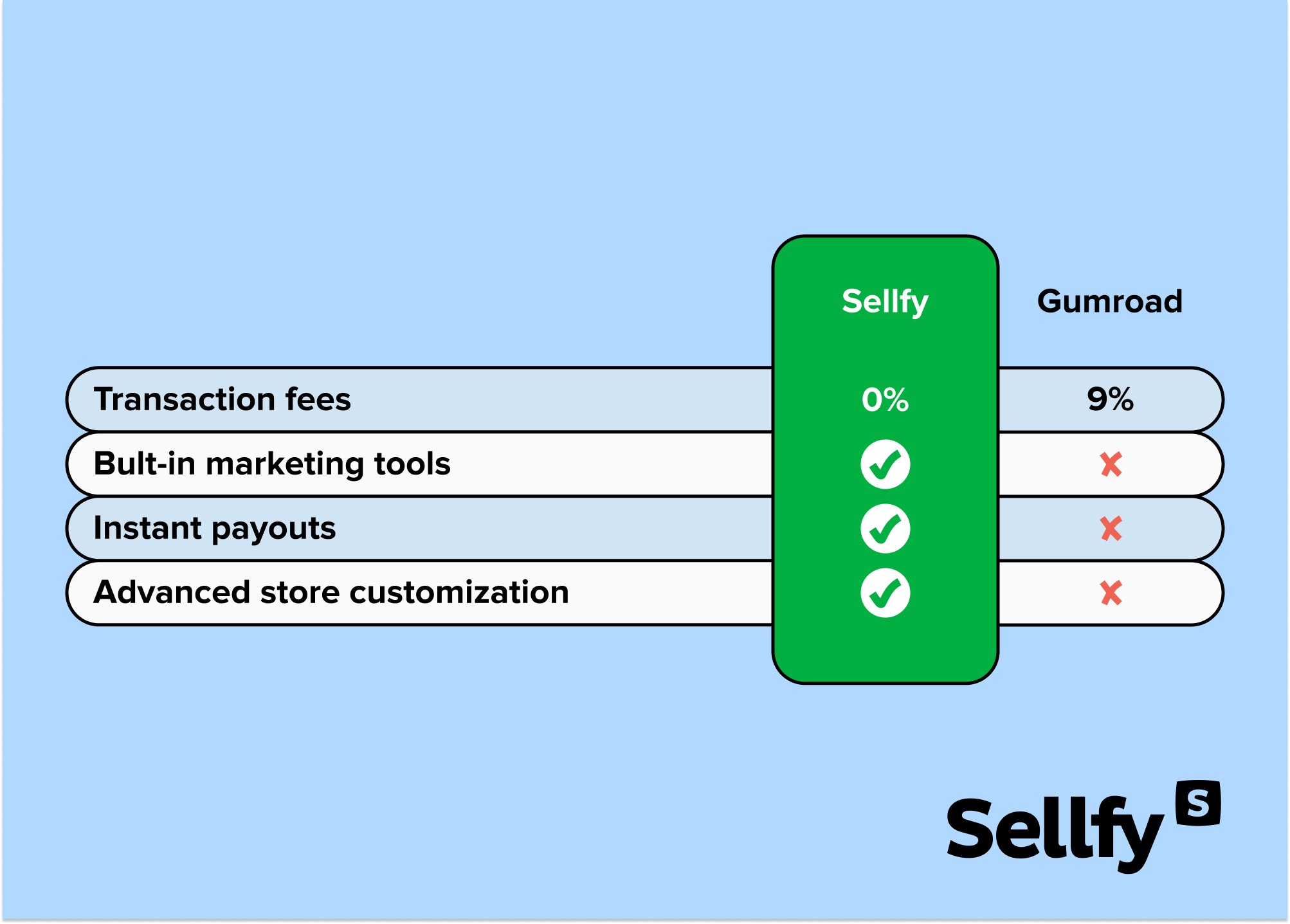
Let’s talk about some of them in more detail.
1. Gumroad’s sky-high transaction fees will eat your profits
Although Gumroad has a free plan, it doesn’t mean that it’s 100% free.
Gumroad takes a 9% + 30¢ cut of your sales when you first start selling digital products, which is even more expensive than payment gateway fees.
For example, the PayPal Checkout rate for receiving domestic transactions is 3.49% + 0.49 USD—much lower than Gumroad’s transaction fee. This means that you’ll lose quite a significant amount of your hard-earned money.
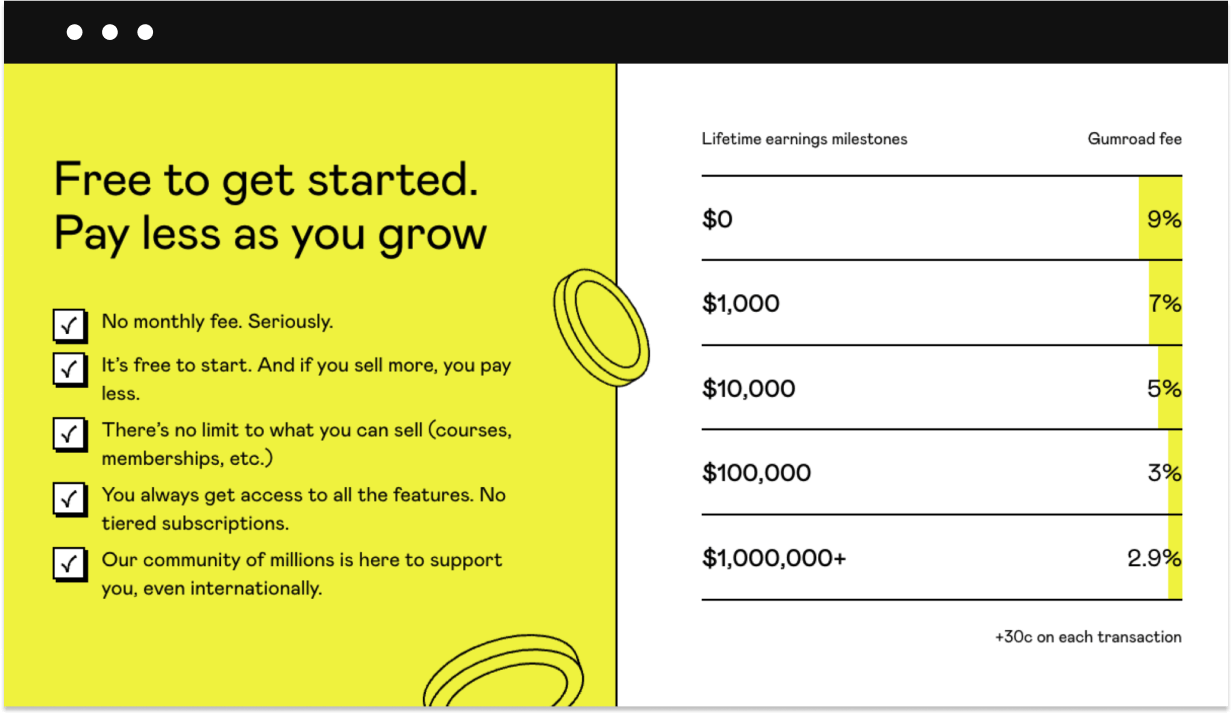
2. Forget about Gumroad if you want your store to stand out
With Gumroad, you can hardly customize anything at all. There are no store themes to choose from, which means that your page will look like all the other checkout pages on Gumroad.
Yes, you can still add some custom fields here and there to create a custom domain and product categories, and change some colors, but that’s about it.
Any advanced customization of your Gumroad store will require CSS/HTML skills.
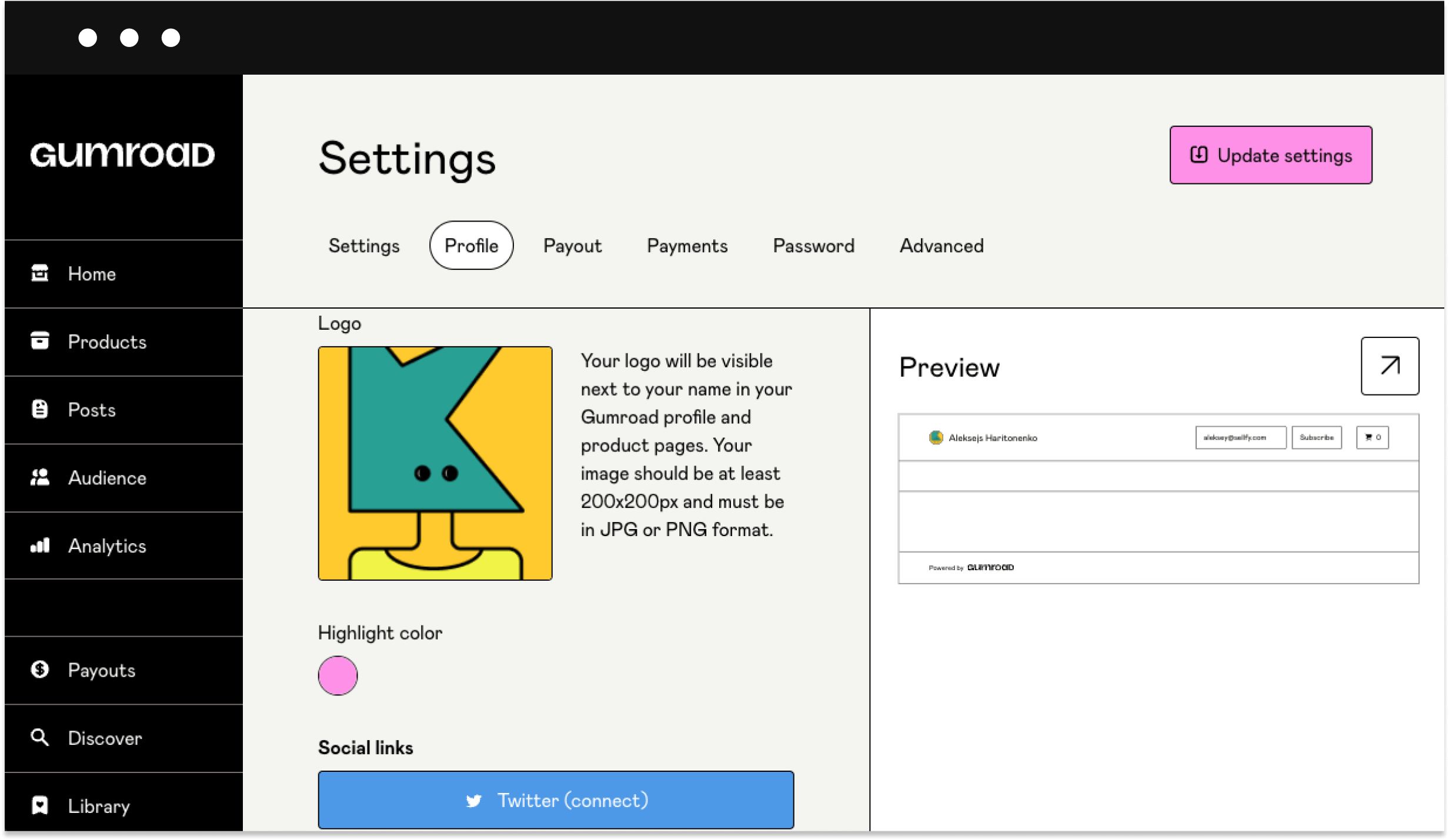
3. You’ll have no other marketing tools aside from email
It’s possible to build an email list and issue discount codes, but that’s all you can really do with Gumroad. So, aside from their email marketing tool, Gumroad doesn’t offer any other built-in marketing features.
This means that you won’t be able to use SEO tools to attract customers, act on your customer data, track sales or seller analytics, craft advanced digital marketing campaigns, etc.
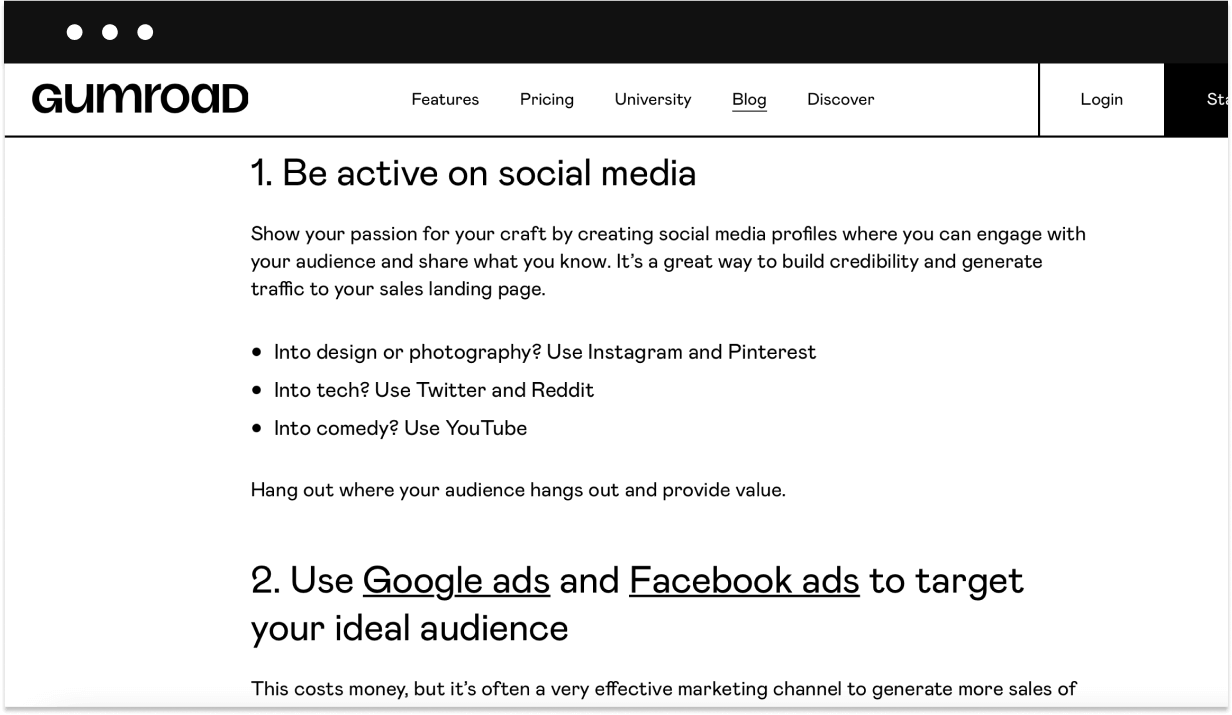
4. You won’t be able to sell services with Gumroad
If you’re a creator who wants to sell online services or do coaching, then it’s probably best to cross Gumroad off your list and find another eCommerce platform.
The only thing that you’ll be able to sell, aside from physical products, is digital downloads or memberships.
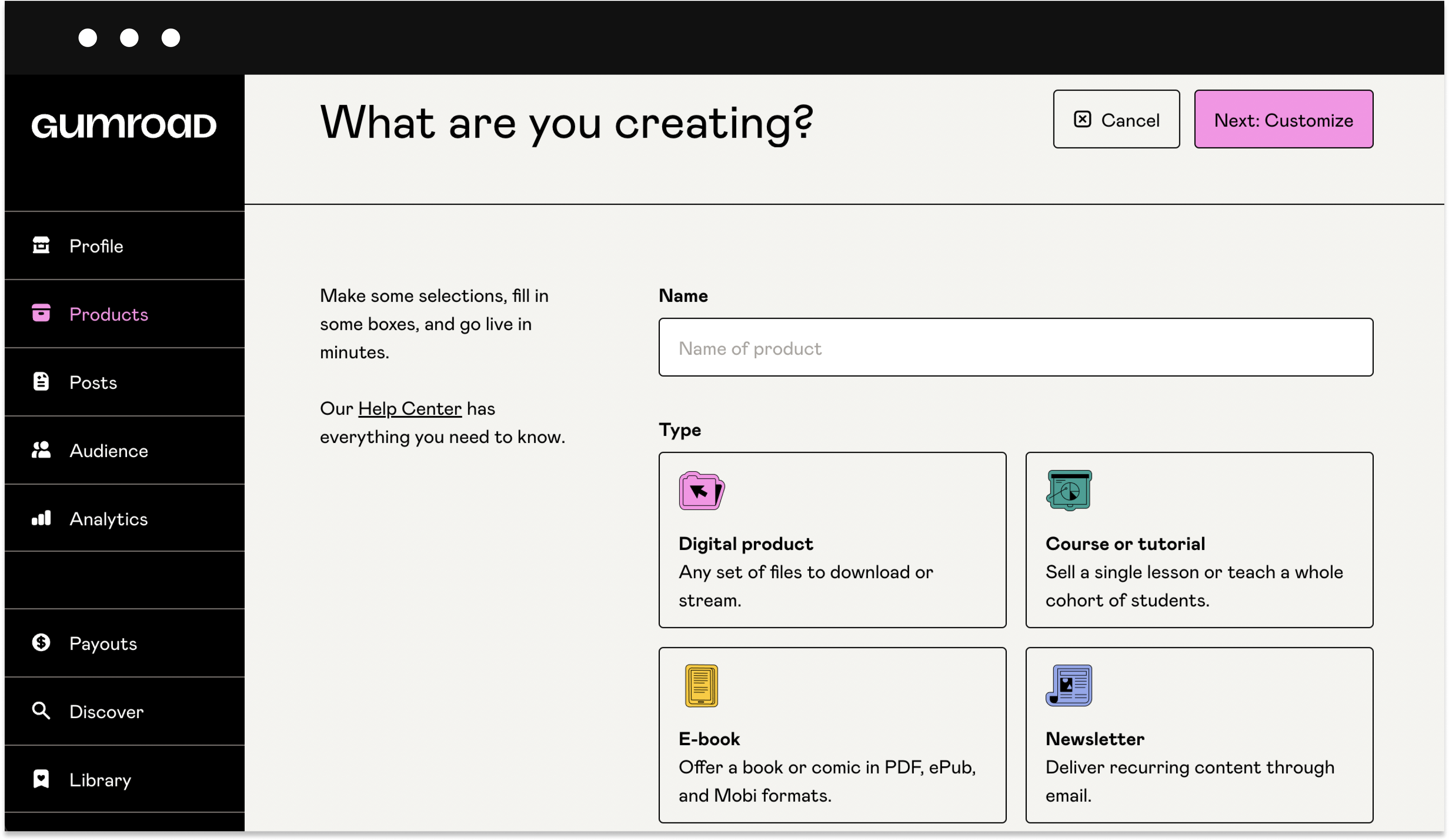
5. No more PayPal payouts for Gumroad creators
In October 2024, PayPal abruptly cut ties with Gumroad, meaning creators can no longer receive earnings through PayPal—a big deal for those who relied on it as their preferred payout method.
Now, Gumroad users are stuck with bank transfers, which aren’t even supported in all countries. For creators in unsupported regions, this means additional hassles, like changing country settings just to get paid. Plus, the lack of PayPal could lead to fewer sales, as many customers prefer using it.
Why would you choose Etsy over Gumroad?
Etsy is far from being the only alternative to Gumroad, but it’s definitely an option worth considering.
Let’s explore why.
1. Etsy attracts customers interested in arts & crafts
As mentioned earlier, Etsy isn’t a traditional eCommerce platform—it’s a creative marketplace.
So, if you’re a collector, artist, or crafter looking for a way to sell online without having to build a social media following, then Etsy might fit the bill.
Here’s what you can sell on Etsy:
- Vintage items (must be at least 20 years old)
- Handmade supplies
- Non-handmade crafting supplies
- Handmade creations
- Digital downloads
Since Etsy is marketed towards sellers that make handmade and vintage stuff, their audience also consists of people looking to buy arts and crafts online.
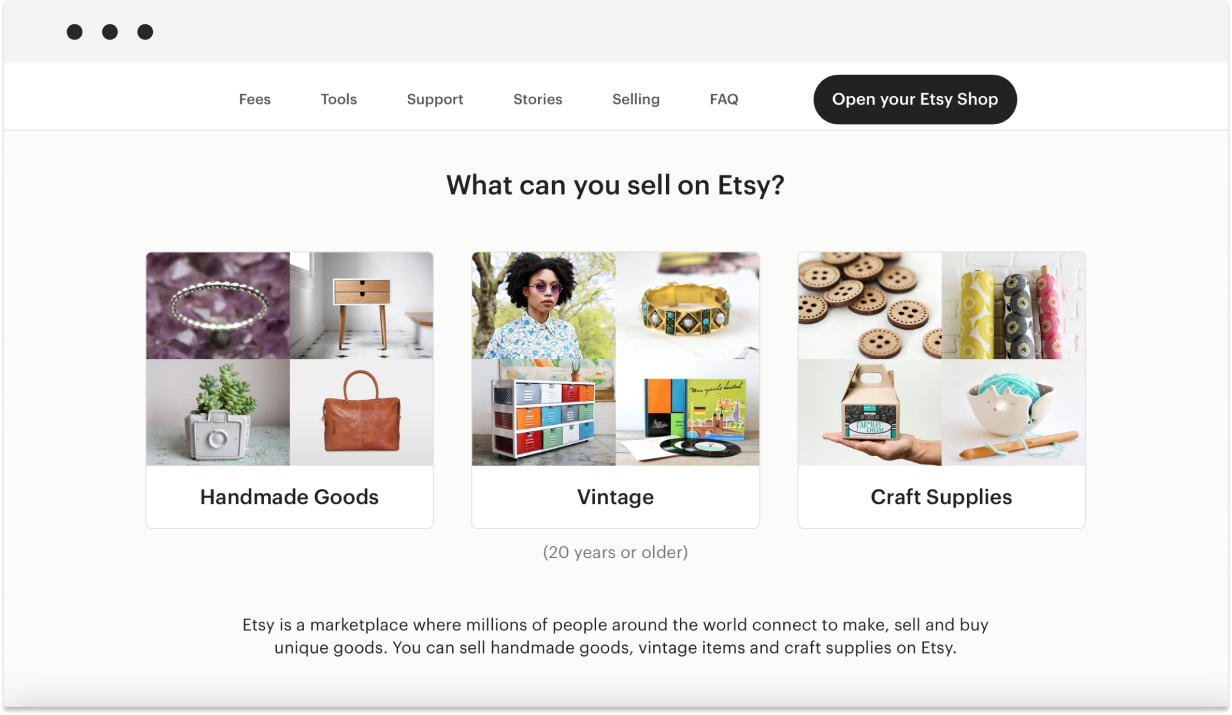
2. It’s fairly easy to set up & maintain an Etsy shop
Another reason to consider Etsy is that it’s a very simple solution for people that are new to selling online. There is no deep learning curve, and you don’t need any design or tech skills.
The setup steps are relatively quick and straightforward.
To start an Etsy shop, all you need to do is sign up, set your shop currency and location, pick a shop name, create an optimized listing, and choose how you want to be paid.
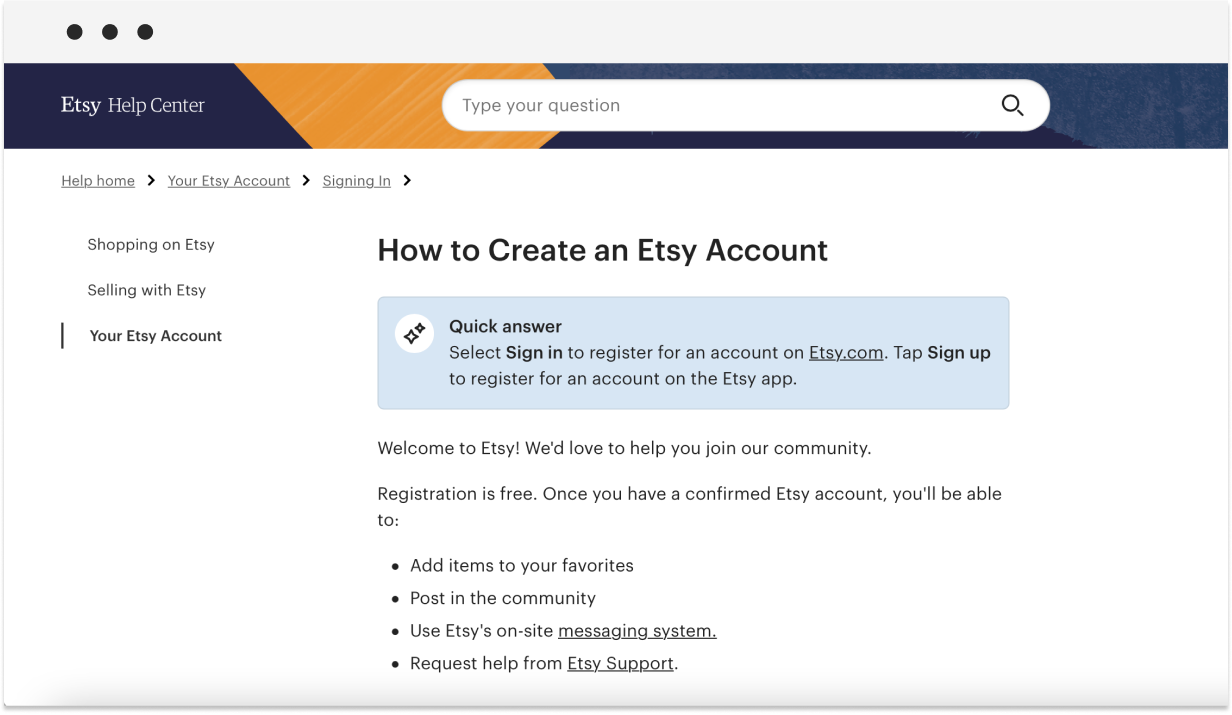
3. Etsy has an established customer base
Another bonus point is Etsy’s already established audience—millions of people browse and shop on the marketplace every day, which is why a lot of sellers sign up in hopes of making sales.
So, if you have a small social media following, or you’ve yet to grow one, then you might be able to find your very first customers among Etsy’s customer base.
However, it’s worth keeping in mind that this doesn’t guarantee any sales—you’ll still need to figure out how to beat Etsy’s algorithm with SEO keywords.
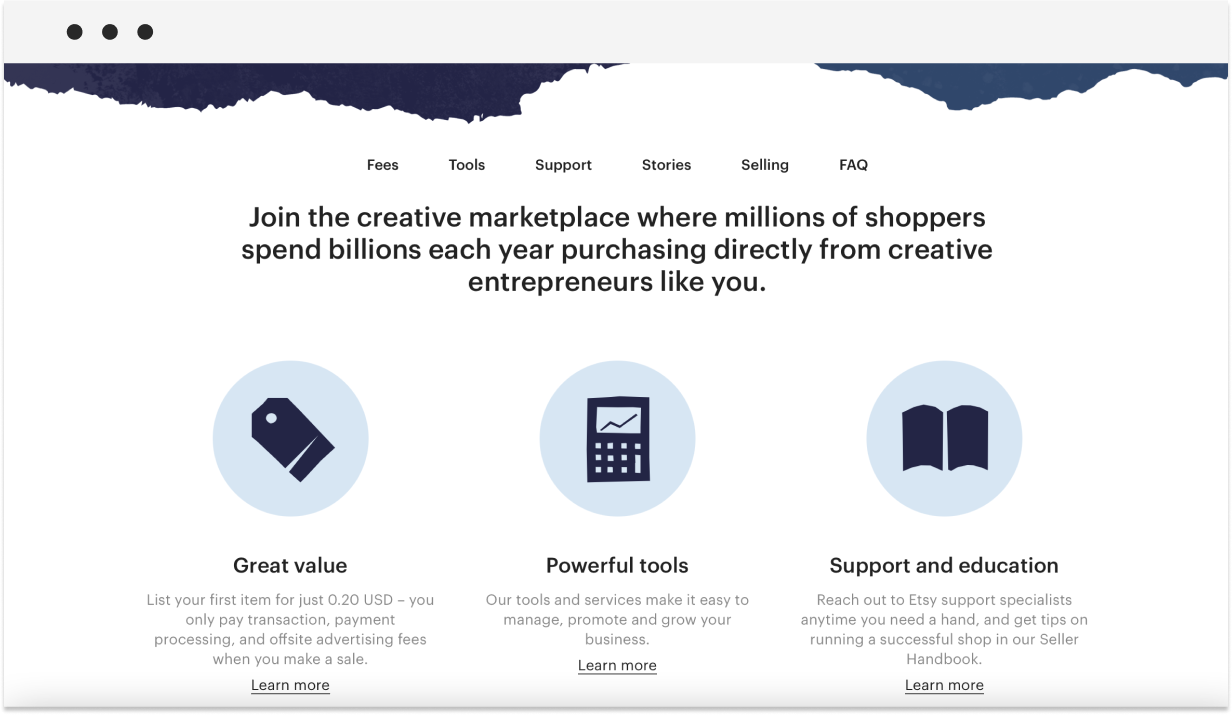
The main disadvantages of Etsy
In terms of getting customers, Etsy may look like a slightly easier alternative to Gumroad, but it’s far from being the best solution available.
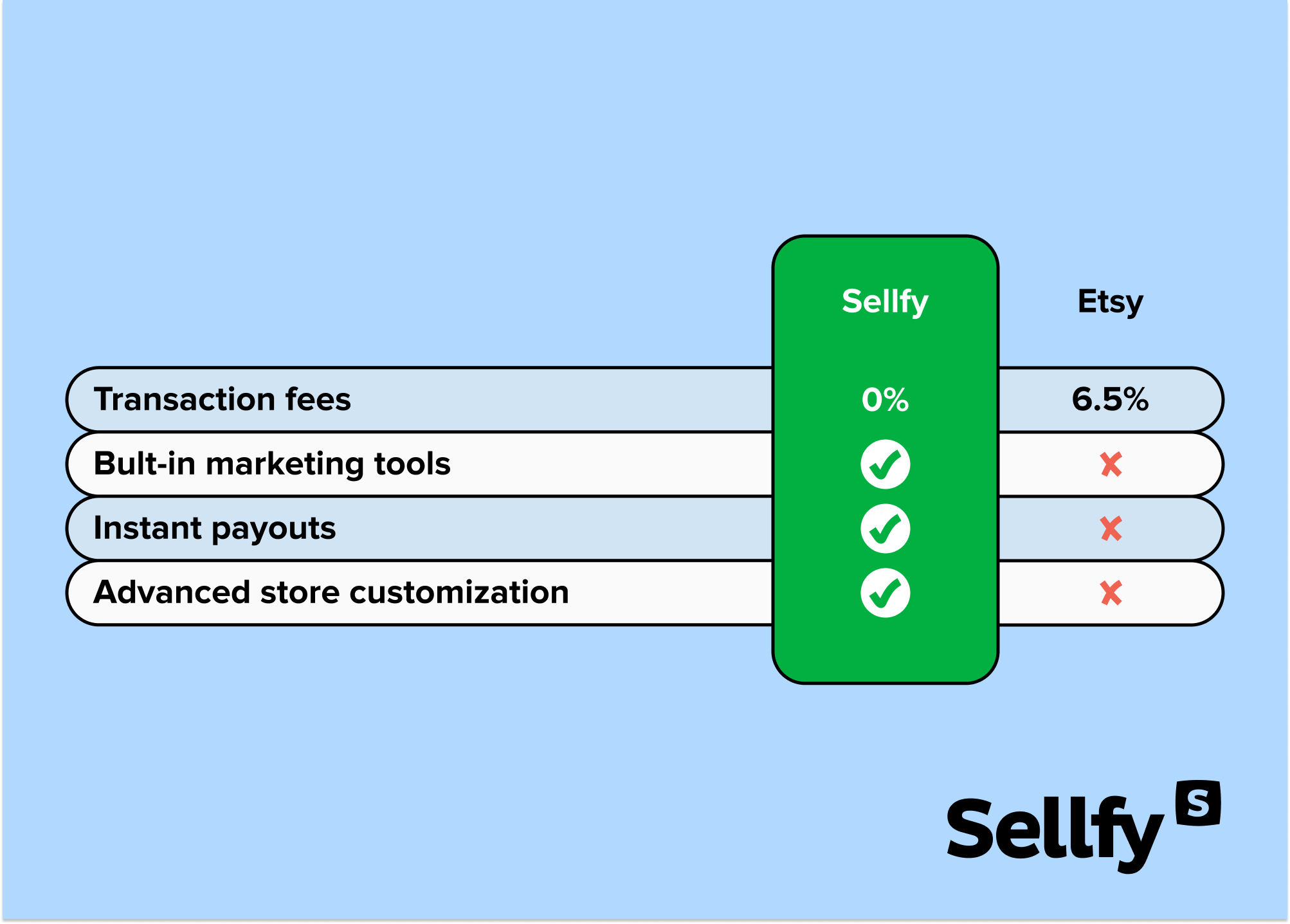
So, let’s get into the dealbreakers.
1. You’ll be charged heavy Etsy fees every time you make a sale
Although you can open a shop on Etsy for free, the marketplace is still quite an expensive solution, especially for a beginner with a limited budget.
While there isn’t an additional monthly subscription fee, you’ll need to pay other Etsy fees such as:
- 6.5% transaction fee for every item sold
- 4% + 0.30 EUR payment processing fee
- 15% offsite ads fee (if you manage to make a sale through their ads)
In the end, all of these fees can add up and make your Etsy shop just as expensive as a Gumroad store.
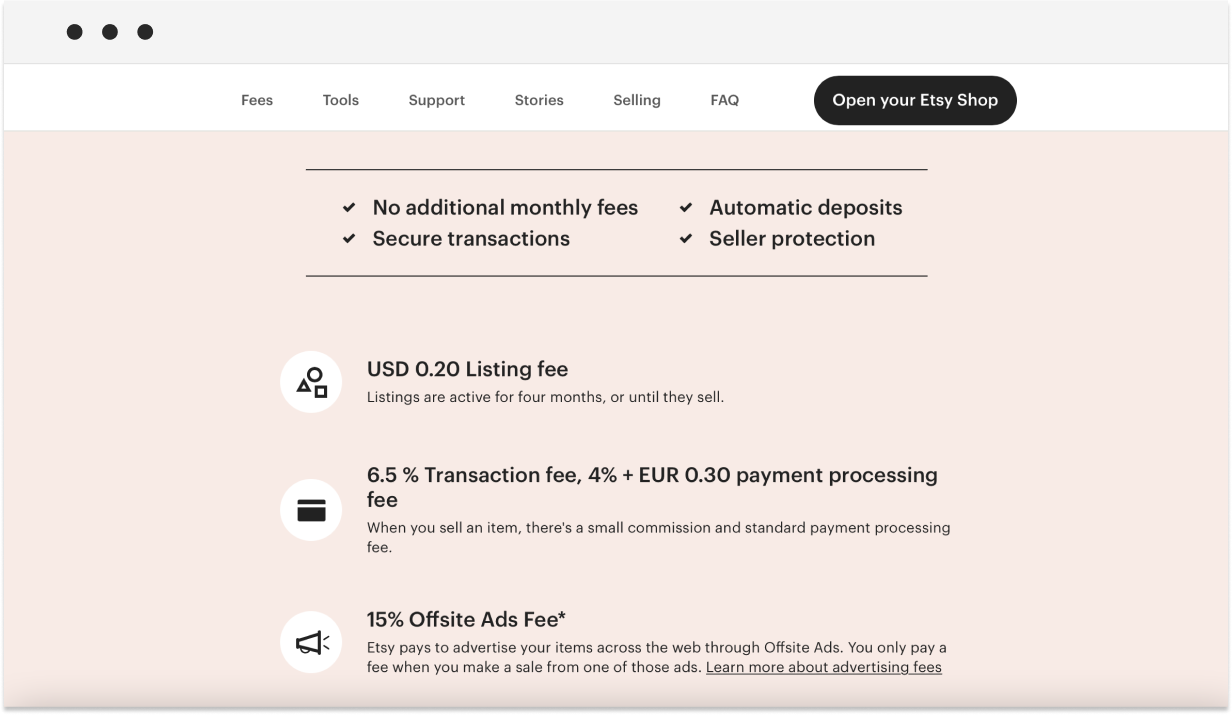
2. You need to be an SEO wizard to get store traffic
Another downside is that you won’t be able to succeed unless you’ve optimized your listings. This could be a major dealbreaker for a beginner who has little to no SEO knowledge.
Yes, there’s an already established customer base, but it doesn’t change the fact that you won’t be able to reach them without SEO keywords.
So, if you really want to make a profit, you’ll have to learn Etsy’s SEO game and figure out the algorithm.
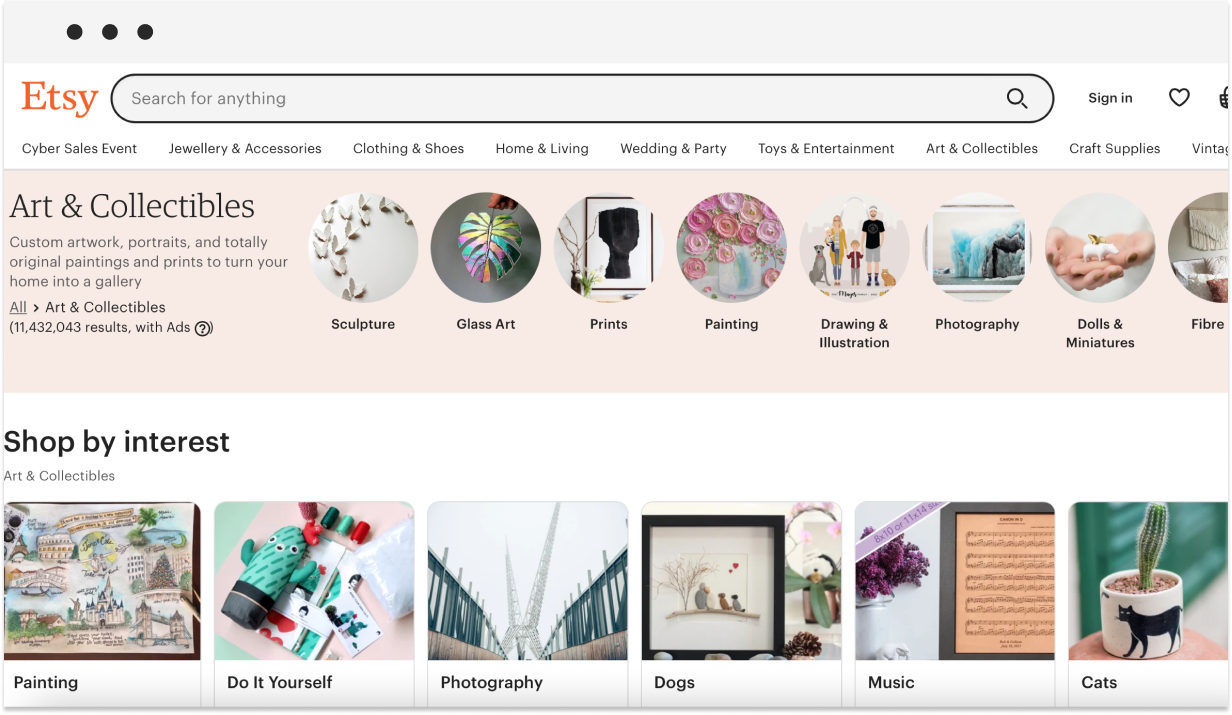
3. Etsy is an oversaturated marketplace for niche sellers
If you’re thinking about selling on Etsy as a niche seller—think again.
I know it seems like the easiest way to get started with a unique product, but hear me out:
Getting started (as in setting up your shop) is the only easy part. That’s it. The rest is just transaction fees that will eat your profits and a struggle to stand out in an oversaturated marketplace.
I don’t mean to discourage you, but there are probably thousands of shops that are already selling the exact same (or a similar) product that you’re planning to sell.
Because, let’s be honest, an established customer base can only mean one thing—that there’s also a large competitor base.
In other words, you’ll have to be extraordinarily good at marketplace SEO to beat the competition and show up in Etsy’s top search results.
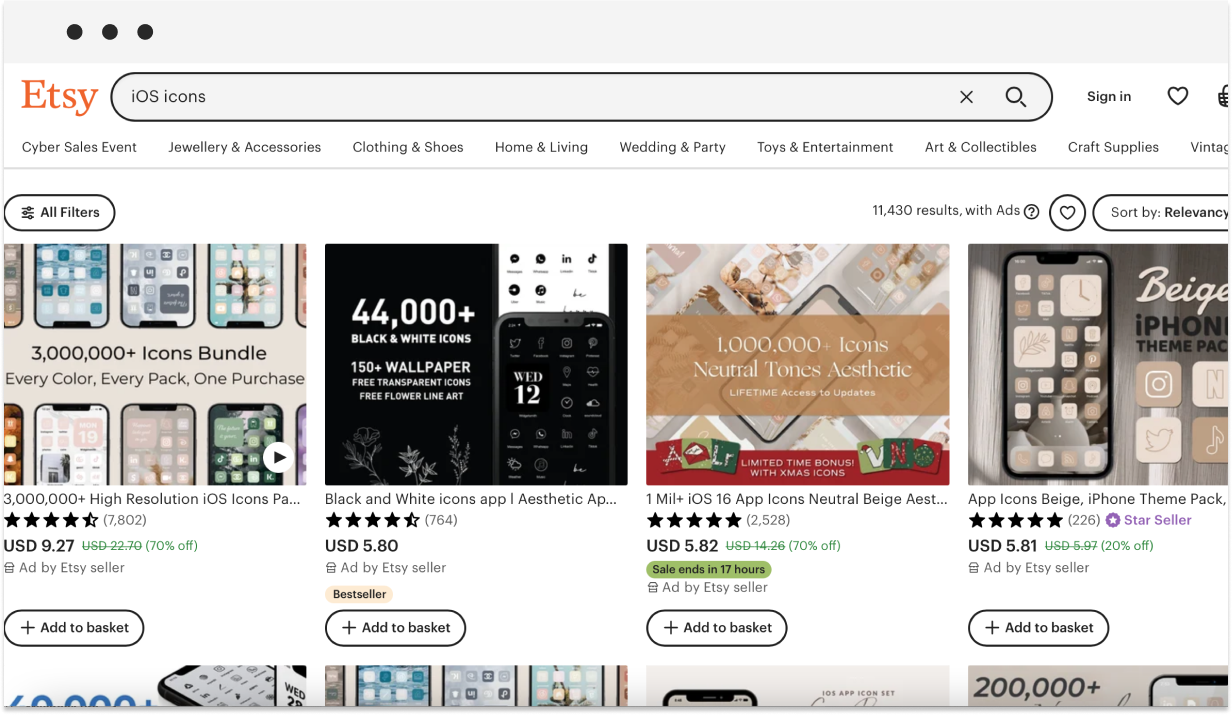
4. Etsy isn’t a scalable & flexible solution for running an online business
And, last but not least, Etsy is one of the least scalable solutions out there.
First of all, shop customization is extremely limited, which means that you’ll end up with a very minimalistic design. It leaves little to no room for creativity.
Now, this may not be that big of a deal if store design doesn’t matter to you, but if it does, then it will be hard for your brand to stand out.
Secondly, keeping in mind that your domain will be an extension of the marketplace, you won’t be able to scale your business or add more functionality to your shop.
So, if you want to, say, gamify your site with quizzes or something else to spice it all up and create an awesome customer experience, then you’ll need to look for another solution.
All you’ll get with Etsy is a basic shop with no additional landing pages or marketing features.
Moreover, marketplaces like Etsy can make changes to their rules or policies at any time, leaving you completely blindsided.
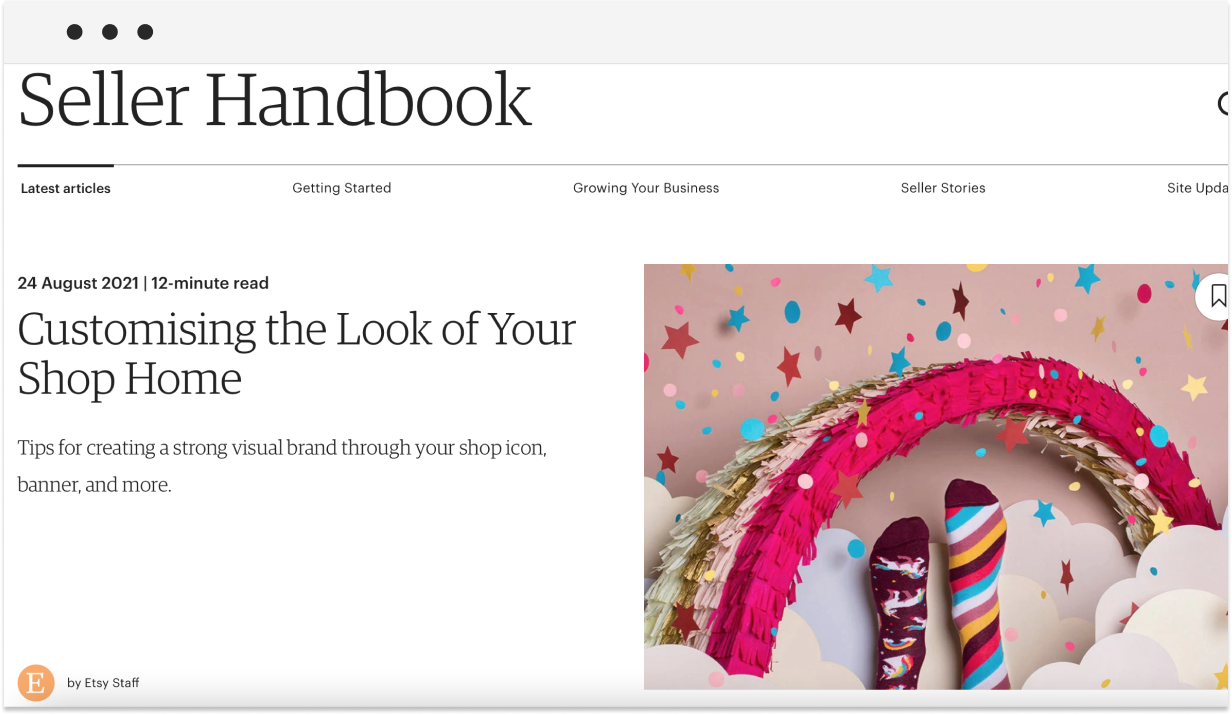
The question isn’t Gumroad vs. Etsy—it’s why not Sellfy?
By now, you should have a clear understanding of what both platforms offer.
If you’re looking for a hosted storefront with an email marketing feature, then Gumroad may be worth a try. However, if you’re looking for a creative marketplace that has an audience interested in arts and crafts, then Etsy could be the better option.
In any case, both platforms come with some serious dealbreakers, which is why I’d like to introduce you to an all-in-one solution like Sellfy.
1. You’ll get to enjoy a very smooth store setup
Although Gumroad and Etsy are both pretty easy to set up, nothing beats Sellfy. Setting up a Sellfy store is literally a piece of cake thanks to the user-friendly interface.
To start selling digital and physical products, all you have to do is upload your products, set prices, and add your images and descriptions. That’s it!
Sellfy creator and award-winning underwater photographer Tobias Friedrich agrees:
It’s super easy to set up and it’s also very easy to upload digital products. I like how convenient the whole platform is—my customers will just get a download link after a purchase is made. I don’t have to do anything manually. Everything is automated, which is great for me because I travel a lot.
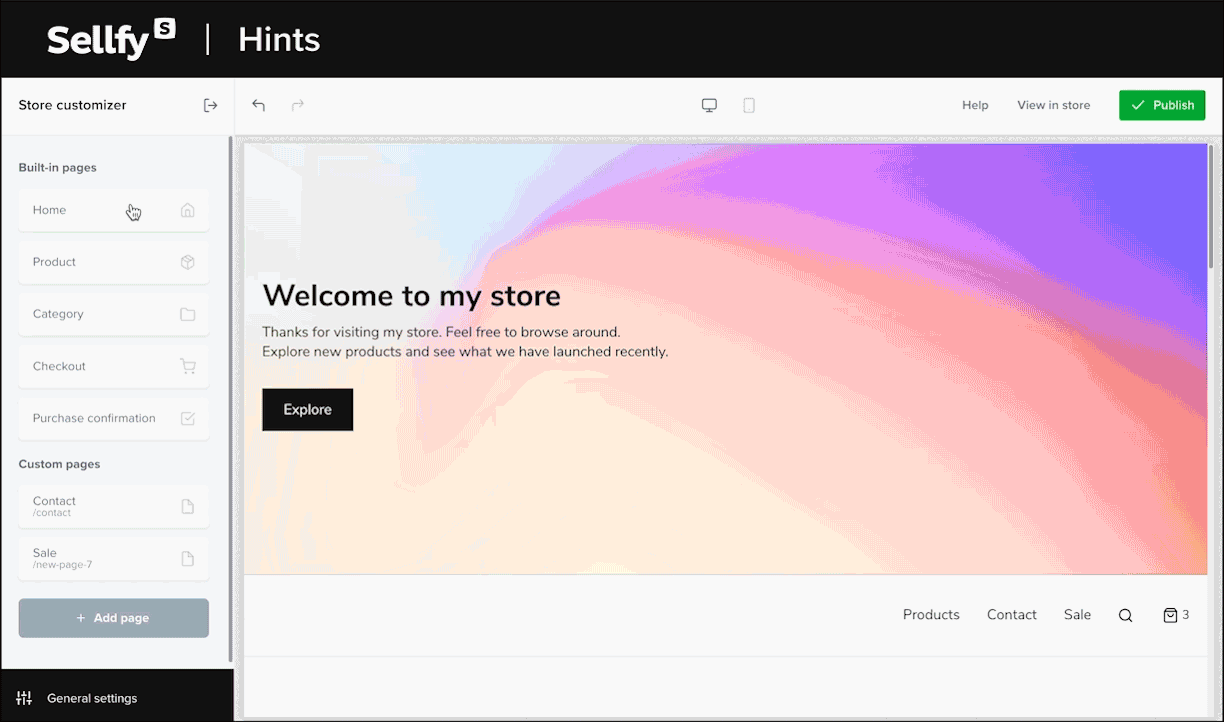
2. Sellfy comes with multiple advanced marketing tools—all for free!
Both Gumroad and Etsy offer the absolute bare minimum when it comes to built-in marketing features.
Aside from Gumroad’s email marketing tool, there really aren’t any other features that stand out in terms of helping you grow your business. And, the same goes for Etsy.
In fact, most of their features are just external apps or services that you have to pay for.
Sellfy has everything you need to promote your store such as email marketing, discount codes, upselling, cart abandonment, pay-what-you-want pricing, store and Google analytics, multiple payment gateways, and other advanced features.
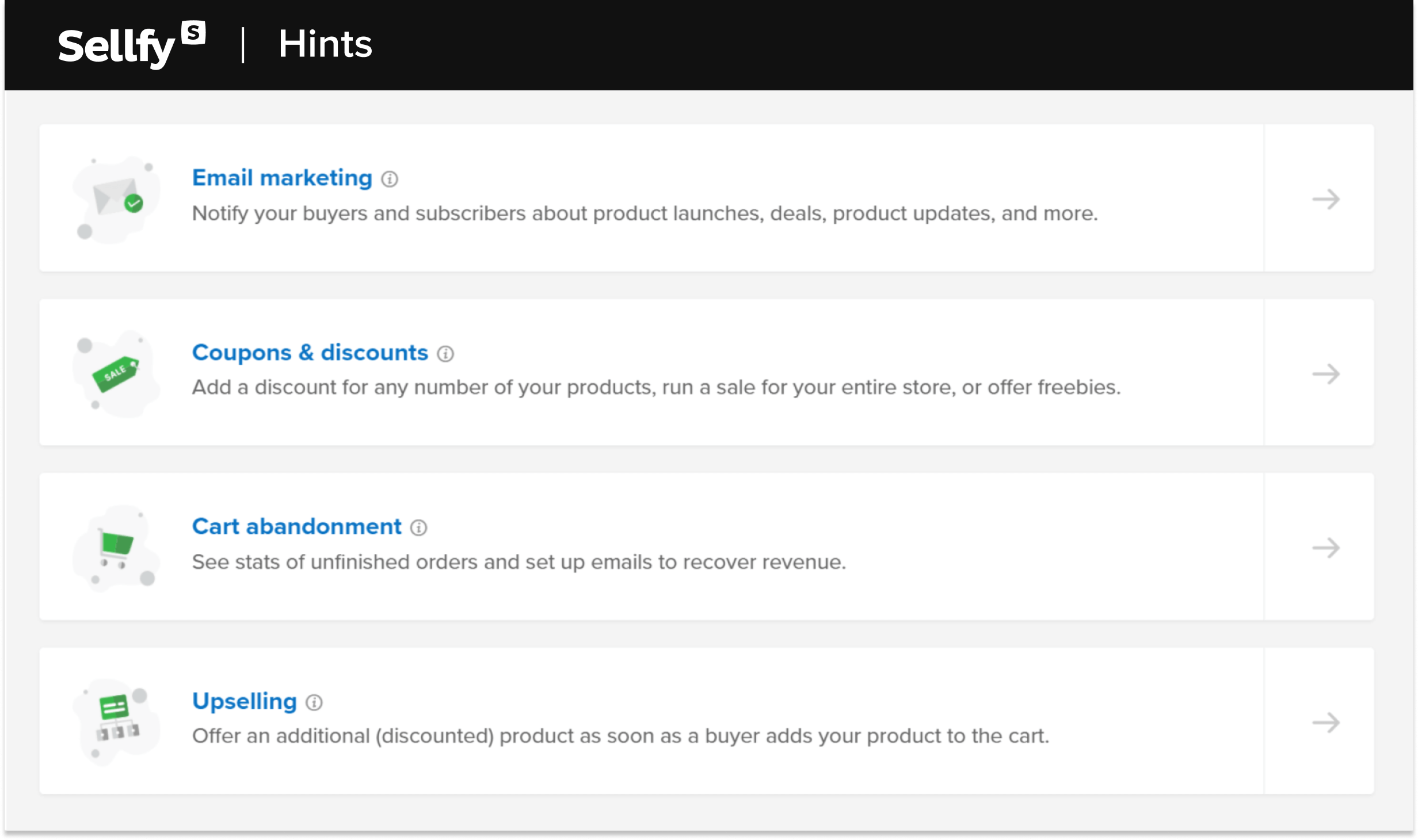
3. You’ll only pay a flat monthly or yearly subscription fee
Aren’t you sick of the fact that every other solution has hidden transaction fees? Because I certainly would be if I was in your shoes.
Well, here’s the good news:
Sellfy has flat and transparent pricing!
This means that you can focus on selling without worrying about losing your profits. Your only expense will be the cost of your monthly (or yearly) subscription plan.
With Sellfy, you can sell unlimited digital products, use built-in marketing features, enjoy store customization, and even use print-on-demand without hidden transaction fees on any of the plans.
Plus, you can have instant access to payouts!
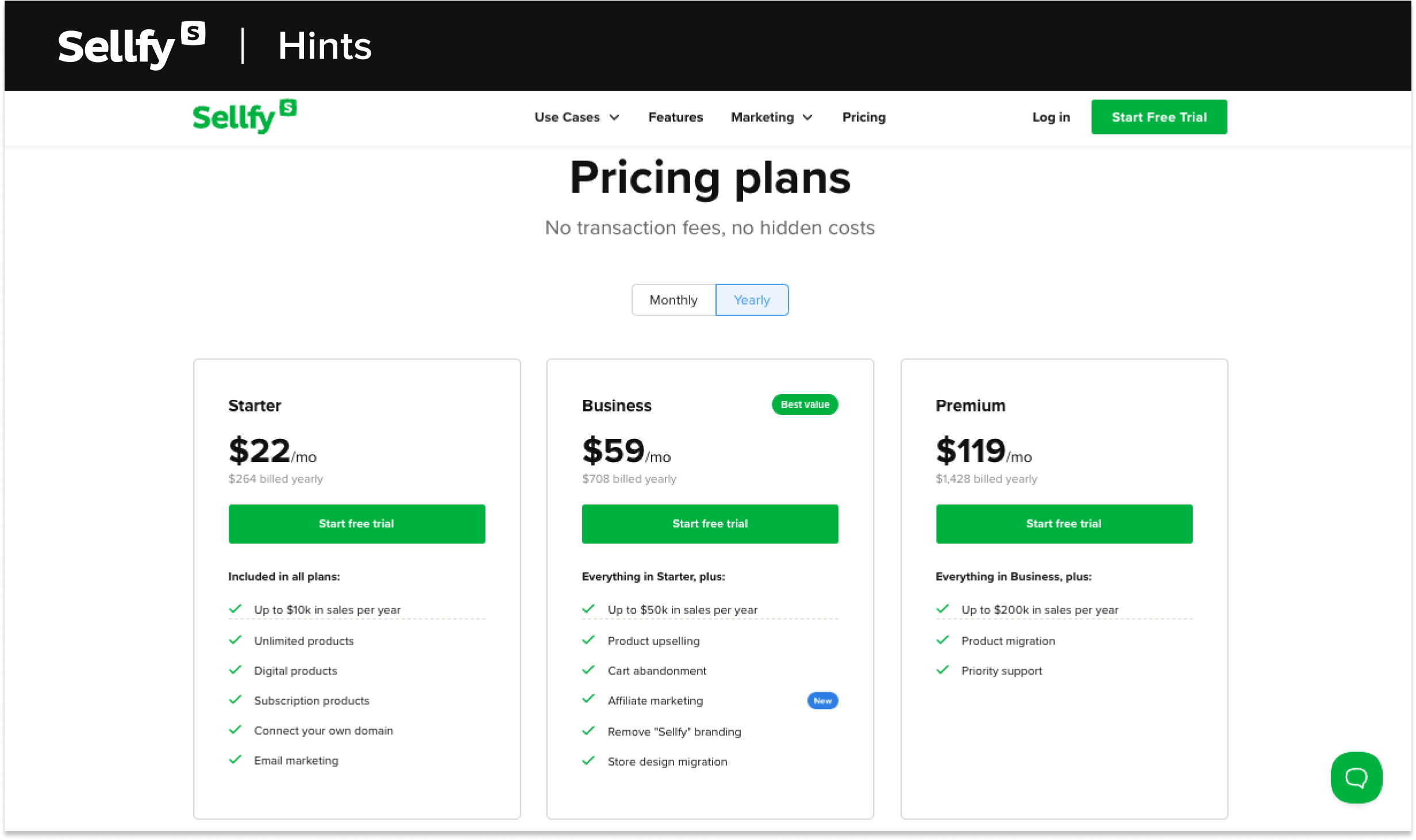
4. Sellfy’s customer support team won’t let you down
Sellfy’s customer support team is available 24/7. And, not only is the team available at any time, but they’re also incredibly helpful.
Sellfy creator and photographer Megan Hein agrees:
I was also blown away at how quick your customer support was to respond. I thought it would take a week or two before I heard back from them, but that immediate response kept my business up and running.
So, if you ever run into a problem, you know that you can reach out to Sellfy’s support team!
5. You’ll have complete control over your store design
Unlike Gumroad and Etsy, Sellfy comes with advanced store customization.
It’s not just drag-and-drop store building, it’s more than that—you get an excellent selection of professional-looking store themes!
And, every single one of those themes is customizable, so you’ll have complete control over your online store.
Plus, every theme has a mobile-first design, which means that your store will look great on both desktop and mobile. Win-win!
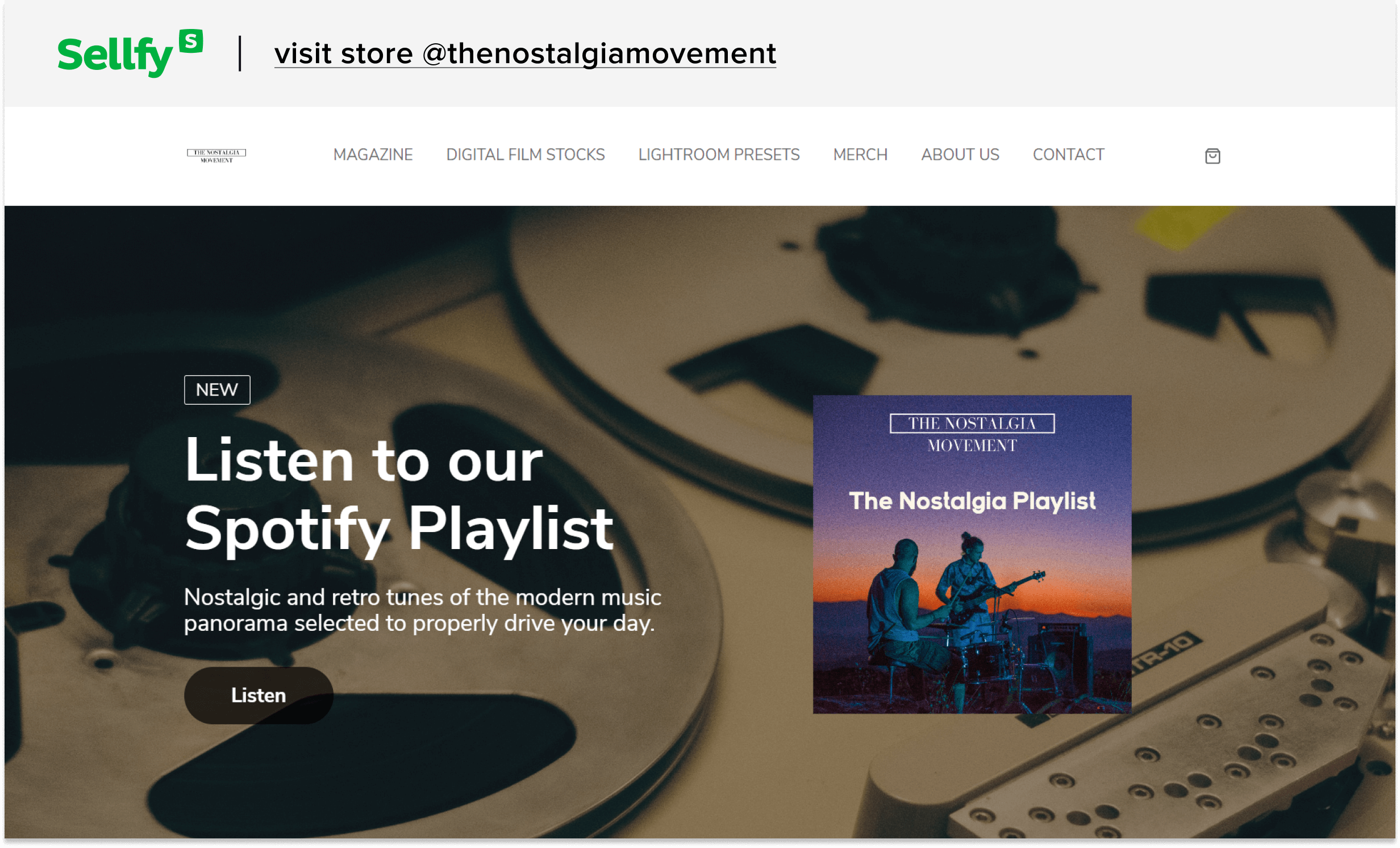
Make sure to check out more Stan Store comparison articles:






